
4 Classic French Foods (And Why the French Eat Them)
From baguettes to macarons, cheeses to pastries, the French are known for their creations in the kitchen. As you wander France, it’s certain that bakery aromas will tempt you at each corner. France boasts more than 600 Michelin-starred restaurants, which will lure you in with its gastronomic menus. But what makes these classic French foods emblematic? For the French, food isn’t simply a means of survival; it’s a reflection of its culture, history and heritage. From croissants to escargots, we’re revisiting four classic French foods and their origins as well as sharing our best culinary experiences.
4 Classic French Foods (And Why the French Eat Them)
What is gastronomy?
One very important word in French culture is gastronomy. The Merriam Webster dictionary defines this word as “the art or science of good eating” or “culinary customs or style.” You’ll see this word often as you discover more about French culture and cuisine.
Escargots
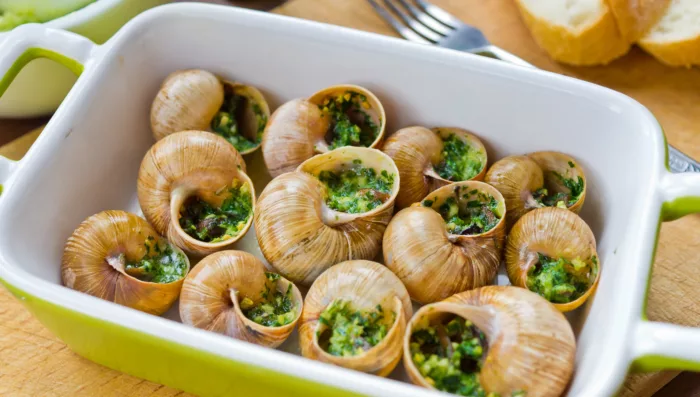
No doubt, one of the most well-known classic French foods is escargots, or snails. This dish is often seasoned with parsley, butter and garlic and can be found on brasserie menus all over France. But why do the French eat snails? Although snails have been eaten by cultures for thousands of years, legend has it that these escargots became a more important part in French culture in the early 1800s, per the Local. France’s foreign affairs minister Charles Maurice de Talleyrand-Périgord asked his chef to prepare a dish for his meal with Tsar Alexander of Russia. Hailing from Burgundy, the chef cooked a regional speciality: snails bathed in butter, garlic and parsley, according to Le Monde. And the rest is l’histoire.
Truffles
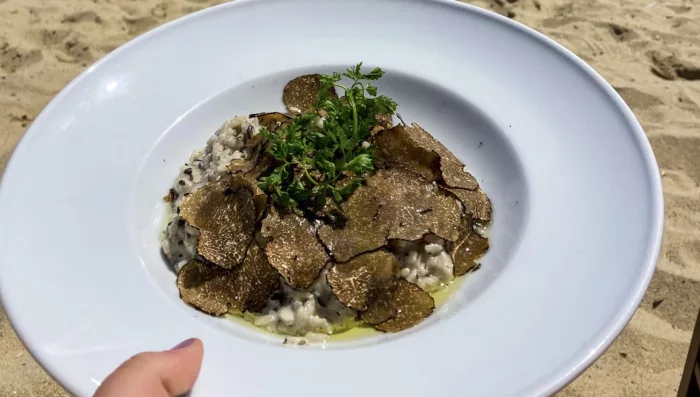
No, we don’t mean the chocolate version; we’re referring to the fungi! Truffles are “edible spores that grow on an underground fungus in the family Tuberaceae,” per All Recipes. Although these delicacies can be found in several countries, France is home to the first successful truffle plantation, according to Truff. Known as the father of modern truffle growing, Joseph Talon figured out the symbiotic relationship between the fungi and their environment. Truffles were originally hunted by pigs but are now usually located with the help of dogs’ sense of smell. You can indulge in this luxe, often in savory dishes such as pasta.
Foie Gras
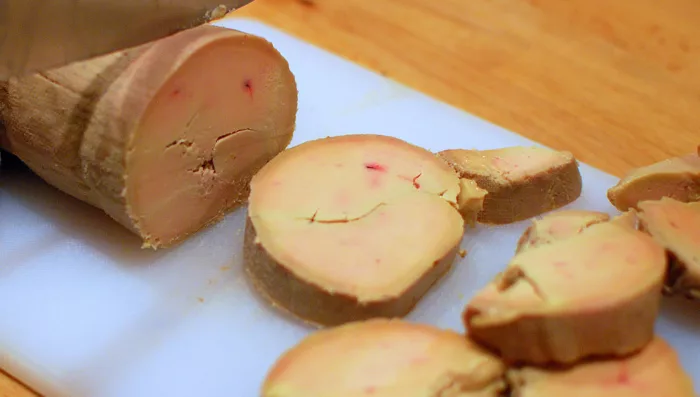
One classic French food is foie gras, which is duck or goose liver fattened by force feeding. Although its description isn’t the most appetizing, this dish remains popular in France and is typically eaten for le Réveillon, or New Year’s Eve. By far, France is the biggest producer of foie gras. The average French person eats 170 grams of foie gras per year, according to Statista. Legend has it that this delicacy began with the ancient Egyptians and that it became a part of French cuisine in the 1500s, according to Britannica.
Croissants
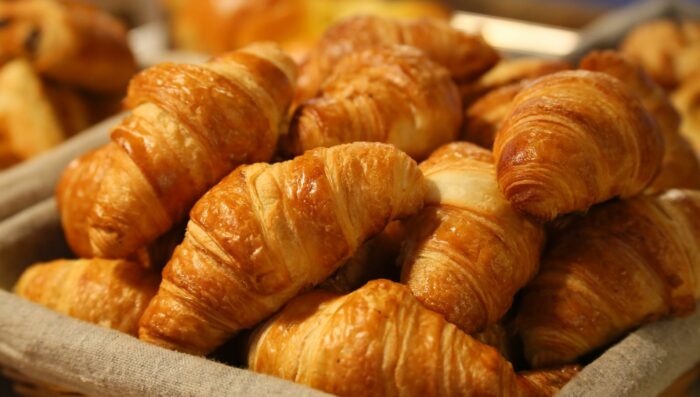
You’ll have no trouble finding these buttery crescents all over France. Although most associate the croissant with France, this classic French food actually has its roots in Austria. The croissant’s ancestor is the Austrian kipfel, a moon-shaped pastry dating back to the 1200s. In 1838, an Austrian man named August Zang opened the first Viennese bakery in Paris, according to the Smithsonian Magazine. And since then, this baked good has found its place in the French diet.
Food and gastronomy play large roles in French culture. Ready to try one of these classic French foods or perhaps prepare it yourself, too? We’ve rounded up some of our best culinary experiences for your trip to France so that you can eat and cook like a local.
Private Cooking Class in the Loire Valley
Get some quality time with a Michelin-starred chef as you learn and make classic French recipes. This private cooking class reflects the season in order to provide fresh ingredients and authenticity. Perhaps you’ll make a Blanquette de veau with his signature of Sologne chanterelles and spring onions. Or maybe you’ll make the chef’s version of a tomato salad topped with roses and passion fruit. And don’t worry: you’ll get to taste your dishes!
Farm Visit and Harvest Workshop in Normandy
In this intimate workshop, you’ll get to meet local farmers in Normandy and collect chicken eggs on their family farm. Then you’ll head out to the fields to harvest fresh seasonal produce. Later, a local chef will teach you his best French recipes, which you’ll enjoy over lunch afterward.
Cooking Class in Saint-Étienne-la-Thillaye
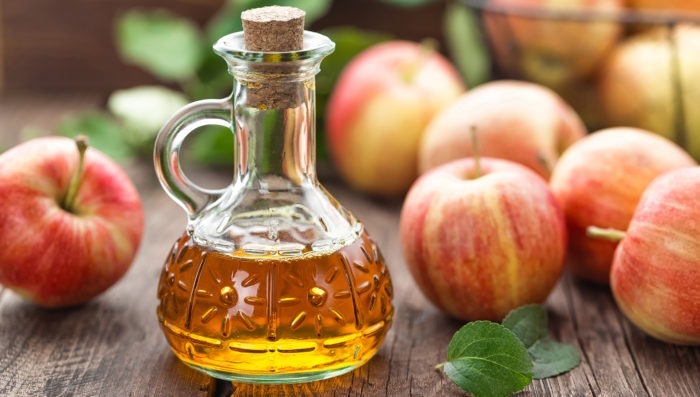
Opt for a cozy culinary experience with a morning in the kitchen with Norman cook Brigitte. You’ll discover some of her specialties: chicken supreme flambé topped with Calvados, an apple brandy, and various types of scallops. For our gourmand travelers, we have you covered. You’ll also learn how to make crème à la Normande and Calvados soufflé. Enjoy your freshly made goods all with the backdrop of her classic farmhouse and meadows dotted with cows and apple trees.
Truffle Cooking Class in Avignon
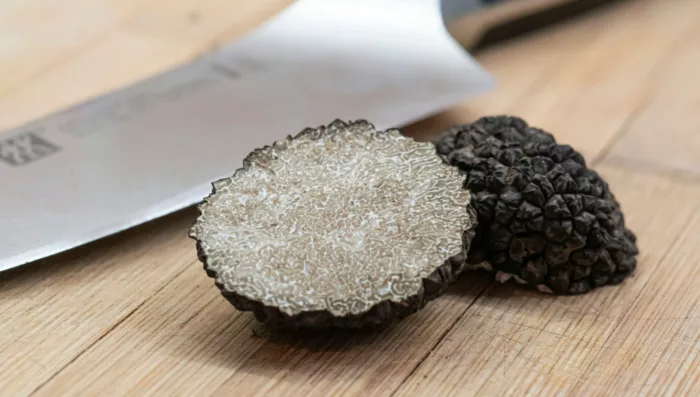
Discover French truffles alongside your chef in the charming town of Avignon in southern France. Cook your meal over a wood-burning stove before enjoying an apéritif in the wine cellar. And then it’s time to dig into your scrumptious truffle-inspired meal.
Cooking Class in Dordogne
Spend a full day indulging in the best of French cuisine. After meeting your chef in the region of Périgord Noir, you’ll enjoy a welcome drink on the terrace. Your chef will explain the ins and outs of the regional cuisine including best tips for finding produce and shopping at local markets. Then it’s time to get to work in his outdoor kitchen where you’ll prepare local recipes such as duck confit, Cabécou and tapenade. After enjoying your three-course meal paired with local wine, you’ll leave with a happy tummy and a copy of the recipes you learned.
Bakery Class in Paris
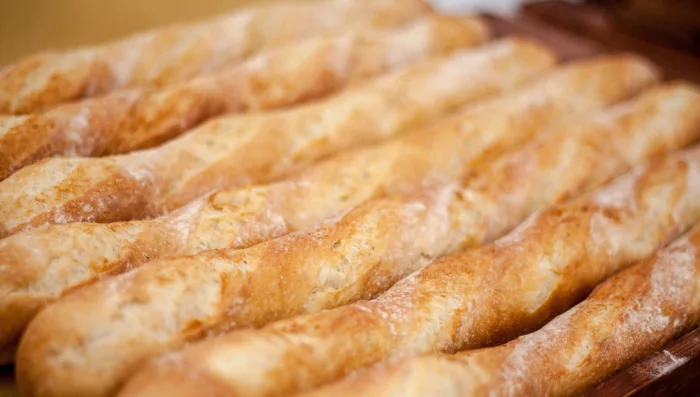
Hone your skills at a French staple as you learn how to bake traditional baguette or croissants. Your baker will show you all the tricks to make the perfectly shaped croissant or crunchy yet soft baguette. You’ll also learn how to make brioche, a buttery French bread.
Where to Stay in France
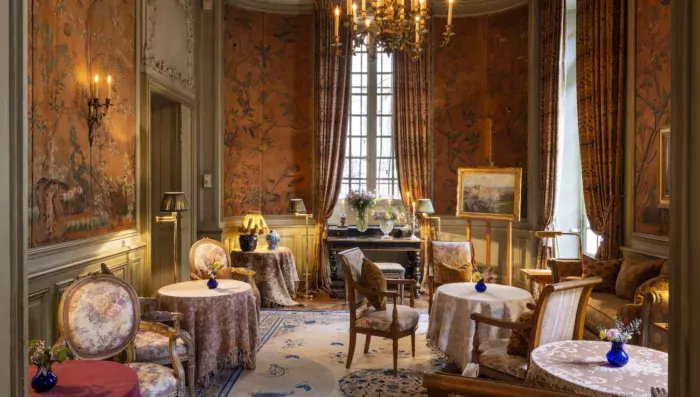
Hotel La Mirande in Avignon
Step into another era at Hotel La Mirande, a 5-star hotel fit for a queen and king. Its 26 rooms are tastefully decorated with cotton prints and each has their own name. Explore the hotel’s intimate garden, which is home to a wide array of plants and herbs picked by its chefs. The hotel also has its own cooking school where guests can book sessions to learn alongside decorated chefs. Try your hand at the pavlova pastry or perhaps sauteed, spiced squid. If you’d rather leave the cooking to the professionals, Hotel La Mirande will not disappoint. We’d be happy to book you a table at La Mirande’s Michelin-starred restaurant. Nosh on Chef Florent Pietravalle’s latest creations from black pear to meat paired with a rye-bread crust.

Hôtel Fleur de Loire
Indulge in a luxurious stay at the five-star Hôtel Fleur de Loire in Blois. These 44 rooms are fit for royalty; they’re located in a building designed by Gaston d’Orléans, the son of Henri IV and Marie de Médicis. The chic rooms are but a foretaste of all this hotel has to offer; don’t miss dining in Michelin-starred chef Christophe Hay’s restaurant.
Ready to dig into a delicious French meal or even make it yourself? Take a look at some of our culinary-inspired tours: Gastronomy, Gardens, and Grandeur and Luxury Gourmet Week in Lyon. Need some help planning your trip?
